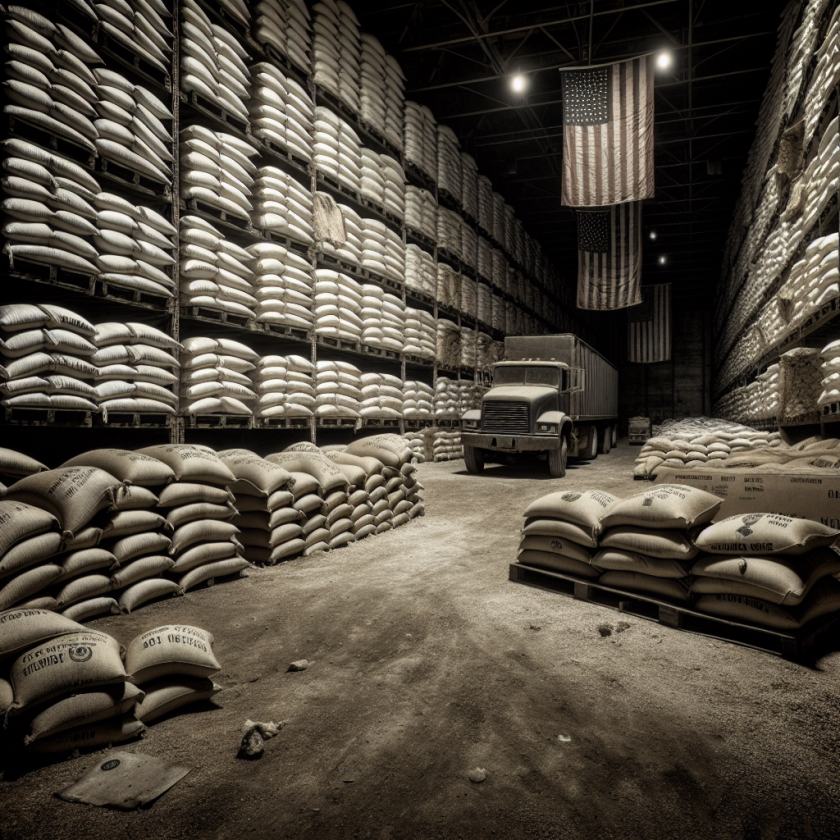From Steel to Cars: Trump’s Tariff Targets and Future Prospects
From Steel to Cars: Trump’s Tariff Targets and Future Prospects
Introduction to Tariff Strategies
Former President Donald Trump’s administration implemented a series of tariffs aimed at protecting American industries and reducing trade deficits. These tariffs primarily targeted steel and aluminum imports, with a broader vision of extending to the automotive sector.
Key Tariff Targets
- Steel and Aluminum: Initial tariffs were imposed on steel (25%) and aluminum (10%) imports, aiming to revitalize domestic production and safeguard jobs.
- Automotive Industry: Plans were in place to extend tariffs to the automotive sector, which faced significant import competition, particularly from Europe and Asia.
Impact on Domestic Industries
The tariffs had mixed effects on the U.S. economy. While they provided a temporary boost to domestic steel and aluminum producers, they also led to increased costs for manufacturers reliant on these materials, including the automotive industry.
International Reactions and Trade Relations
Trump’s tariff policies strained international trade relations, prompting retaliatory tariffs from affected countries. This led to a complex web of trade negotiations and disputes, impacting global supply chains.
Future Prospects and Considerations
- Economic Implications: The long-term effects of these tariffs remain debated, with concerns about potential inflation and reduced competitiveness for U.S. manufacturers.
- Policy Revisions: Future administrations may reassess these tariffs, balancing protectionism with the need for international cooperation and trade agreements.
Conclusion
Trump’s tariff strategy marked a significant shift in U.S. trade policy, focusing on protecting domestic industries but also sparking international tensions. The future of these tariffs will depend on ongoing economic assessments and geopolitical dynamics, as policymakers weigh the benefits of protectionism against the need for global trade partnerships.





















